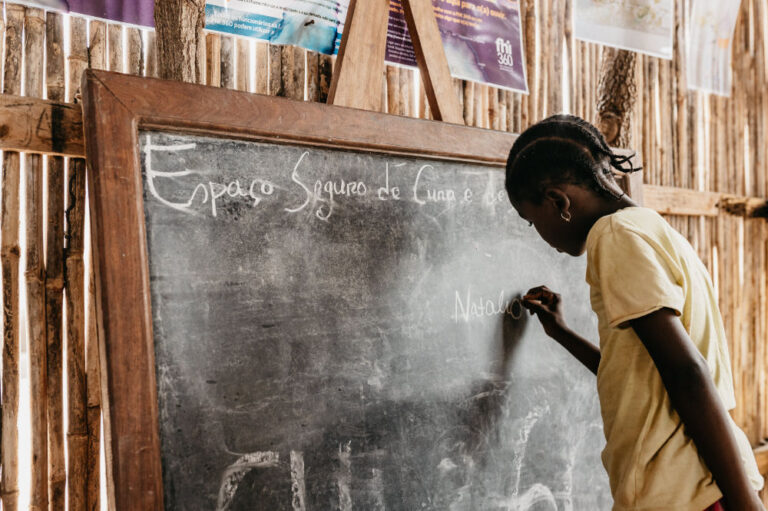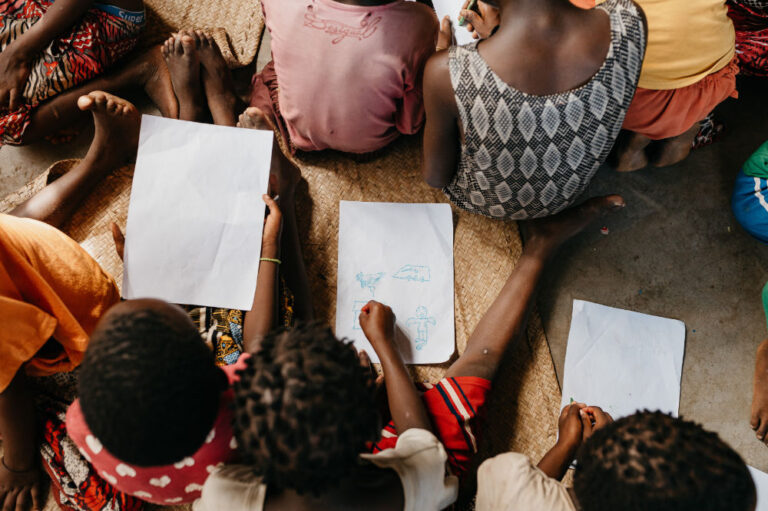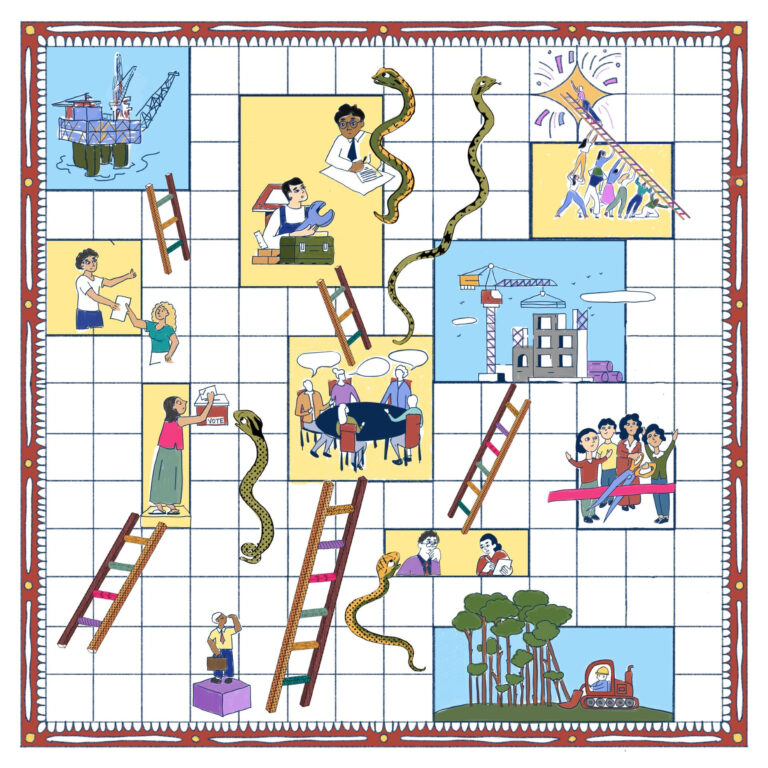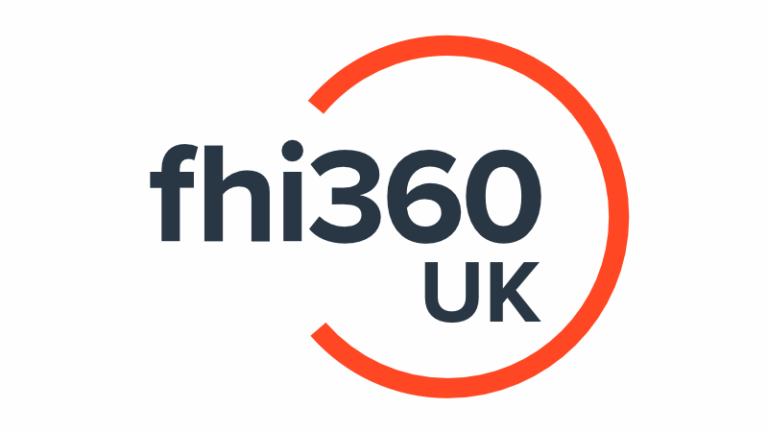Technical Assistance and Systems Strengthening in a Changing Aid Landscape
- 15th September 2025

FHI 360 UK drives lasting change in education by strengthening the systems that support learning. FHI 360 has over 50 years of experience in 90+ countries, we partner with governments and communities to build inclusive, resilient education systems. Our work includes improving teacher training and data systems in Ghana, supporting national education reform in Liberia, and embedding community-led literacy in policy in Rwanda, reaching over 1.3 million children. As a global thought leader, we also advise donors and governments on systems thinking through panels, research, and technical support.
As the aid environment becomes more complex—marked by shifting donor priorities, tighter budgets, and growing demands for accountability—systems strengthening offers a pathway to durable, scalable solutions. In this final post of our series on systems thinking and systems strengthening, we examine how technical assistance can apply systems strengthening tools to provide scalable, sustainable impact.
👉 Missed Part 1? Start with “What Is Systems Thinking and Systems Strengthening?”
👉 Missed Part 2?: “Which Framework Best Complements Your Objectives?”
Systems Strengthening in a Changing Aid Landscape
Over ten governments in 2025 announced reductions in Official Development Assistance (ODA); reductions in funding have prompted changes in how development assistance is conceptualized and delivered. At the heart of this shift is a renewed emphasis on technical assistance (TA)—a model that prioritises knowledge sharing, systems strengthening, and long-term partnerships. In this blog we will be thinking about the role of TA and we’ll reflect on how effective systems strengthening practices can help to guide effective TA.
Some of the most promising practices in education reform globally have come not from isolated interventions, but from smart, well-aligned technical assistance that strengthens national systems. In Rwanda, a partnership with UNESCO and FCDO helped build a real-time EMIS, in Sierra Leone, technical support from GPE and UNESCO’s IIEP helped integrate education planning and budgeting, while in Ethiopia support from the World Bank has empowered local authorities to manage budgets and monitor school performance. Success in this space has often required patience, relationship building, contextual understanding, and a willingness to invest in long-term change. That means creating space for governments to reflect on their own systems, identify bottlenecks, and co-design solutions. Some systems thinking frameworks can support this process, not as prescriptive tools, but as conversation starters that help surface insights. In this context, the role of technical assistance in this new ODA landscape is to help governments navigate complexity. This means rethinking the role of technical assistance as a facilitator of change, not just a provider of expertise.
This is where frameworks like Dave Snowden’s Cynefin Framework become especially useful. If we think back to the systems thinking framing in the first blog article ‘What Is Systems Thinking and Systems Strengthening?’ FHI 360 UK and FHI 360 introduced the ‘who’, ‘what’, ‘where’, ‘why’, ‘when’, and ‘how’ lens; the Cynefin Framework is a tool that can help us to facilitate discussion on the ‘what’ and the ‘why’, helping us to understand the enabling (or disabling) conditions that inform how decision-making should or could occur. This can often be a helpful entry point for discussing systems thinking and systems strengthening with government partners.
The Cynefin Framework, helps leaders navigate complexity by categorizing situations into five domains: Clear, Complicated, Complex, Chaotic, and Confused. Each domain guides how decision-markers could respond—ranging from applying best practices in Clear contexts to experimenting and sensing in Complex ones.
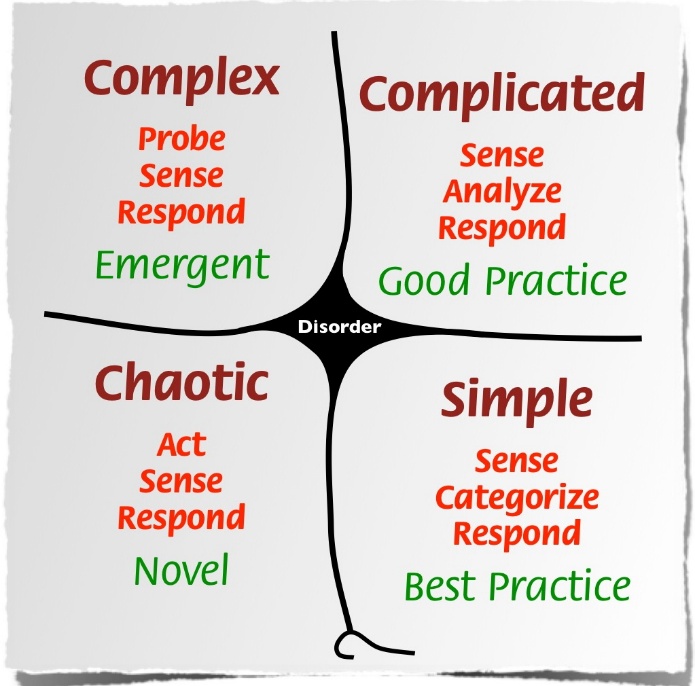
(Image source: Wester, 2013)
Using this tool as a systems thinking diagnostic, a good technical advisor can guide government stakeholders by using questions like:
- Clear: “Are there parts of your system where things run smoothly because there are well-established rules or procedures?”
- Clear: “What kinds of decisions feel routine—where you can apply a known solution without much debate?”
- Complicated: “Where do you rely on specialists or technical experts to guide decisions?”
- Complicated: “Are there areas where you need to weigh different options carefully before choosing a path forward?”
- Complex: “Have you worked on policies or programs where the outcomes weren’t clear at the start, and you had to learn as you went?”
- Complex: “How do you gather feedback from communities or stakeholders to adjust your approach over time?”
- Chaotic: “Can you recall a time when you had to take immediate action before fully understanding the situation?”
- Chaotic: “What helped you move from that reactive mode into something more stable or manageable?”
FHI 360 UK and FHI 360 have tools linked to the ‘who’, ‘what’, ‘where’, ‘why’, ‘when’, and ‘how’ framework, such as facilitator and workshop guides to apply the Cynefin Framework. Effective TA should draw on systems thinking and systems strengthening to help decision-makers distinguish between different types of problems—clear, complicated, complex, and chaotic—and tailor their responses for systems strengthening accordingly.
That’s why this evolution in the FCDO’s approach is so important. Direct delivery will always have a role—especially in crisis settings or where systems are weak—but technical assistance and systems strengthening offers something different: the potential to build lasting change, even when budgets are tight. By investing in the people, policies, and institutions that make education systems work, the UK is helping partner countries lead their own reforms and deliver better outcomes over time. It’s not about choosing one approach over another—it’s about using the right tools for the right challenges. And when done well, TA offers a powerful return on investment: scalable, sustainable impact that continues long after the programme ends.
For more information on FHI 360 UK’s approach to systems strengthening please contact Holly-Jane Howell hjhowell@fhi360uk.com or Kate Pavelich kpavelich@fhi360.org at FHI 360
- 15th September 2025
About Authors:

Holly-Jane Howell
Holly-Jane Howell is a senior technical specialist in education and Education Director at FHI 360 UK. She has over 15 years of experience working in over 30 countries, has served as the Head of Education for FCDO Syria, has been embedded as technical assistance within four Governments in low- and middle-income settings, and has served as a team leader for over 10 large-scale programmes. Her areas of expertise include Team leadership and programme delivery, systems strengthening, the development of teaching and learning materials, leading education strategy and policy development, behaviour change communication, GEDSI, and education in emergencies.
Connect via:

Kate Pavelich
Kate Pavelich is a Technical Advisor for Education at FHI 360, where she focuses on education systems strengthening. She brings over a decade of experience in education programming and policy advising. Her work has included leading education NGOs in Uganda, Peru, and Guatemala, as well as serving as an embedded adviser to the Ministry of Education in Liberia and the Ministry of Social Development in Panama. In these roles, she specialised in linking research and evidence to policy and practice in complex political environments.
